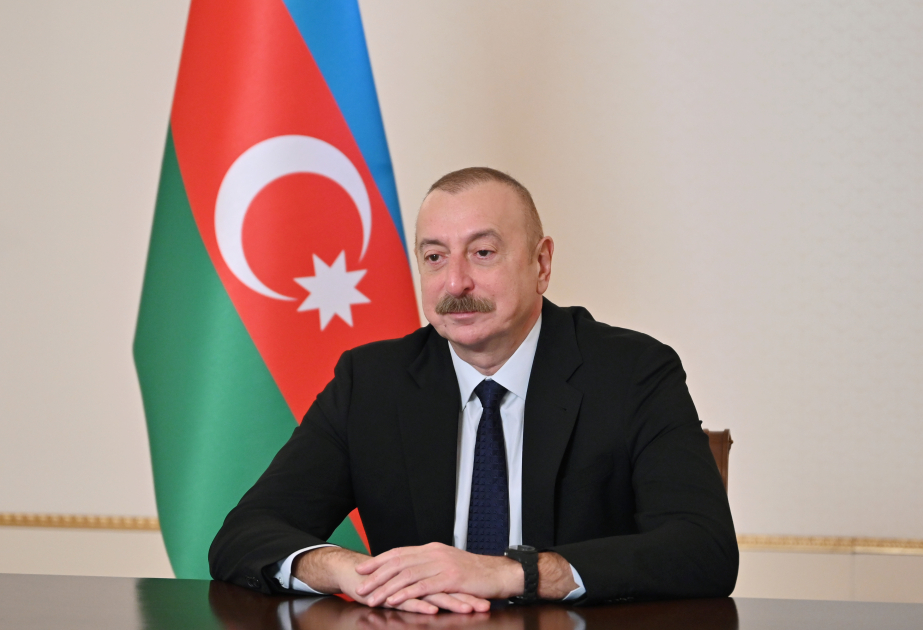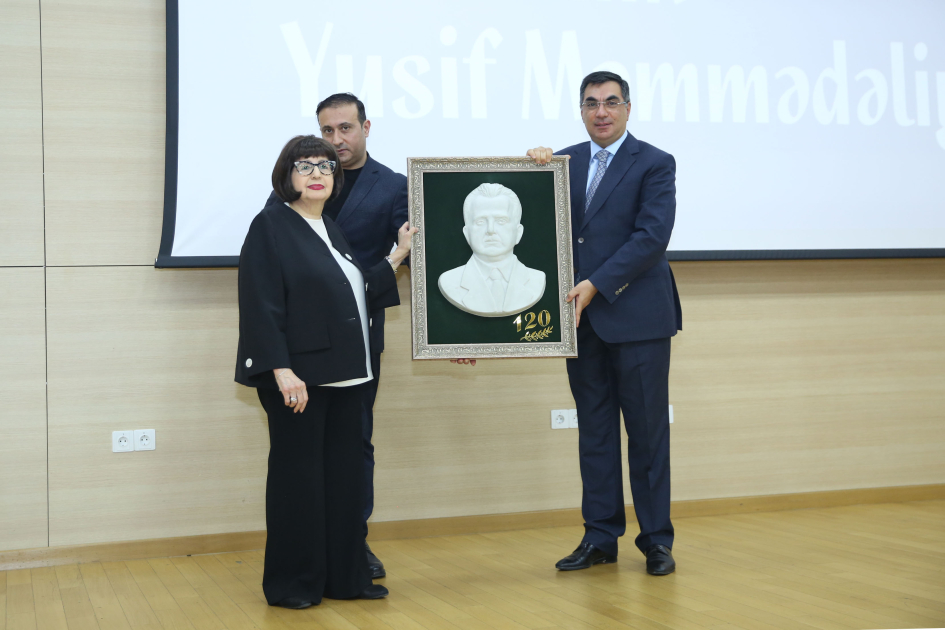ByJERUSALEM POST STAFF
'This is the first time we are finding the scene of the wine contest between the god Dionysus and Hercules on a sarcophagus in our region,' said archaeologist Nohar Shahar.
A rare Roman sarcophagus depicting a drinking contest between the wine god Dionysus and the mythological hero Hercules was uncovered in Caesarea. The Israel Antiquities Authority announced that a lecture on the discovery and the carved figures will be held next Thursday as part of The Banquet conference at the Eretz Israel Museum in Tel Aviv.
The conference is organized by the Israel Antiquities Authority in collaboration with Tel Aviv University and Bar-Ilan University.
The sarcophagus was discovered during excavations by the Israel Antiquities Authority outside the walls of the ancient city of Caesarea, in an area where additional archaeological remains were discovered.
Archaeologists Nohar Shahar and Shani Amit from the Israel Antiquities Authority recalled, "It was like a scene from a movie. We started clearing the soft, light sand of the dune when suddenly the tip of a marble item peeked out. The entire excavation team stood around in excitement, and as we cleared more sand, we couldn't believe what our eyes were seeing—pieces of a sarcophagus, on which were carved figures: gods, animals, and trees. Each shard that was uncovered was more impressive than the last. In fact, just in the last hour of the excavation, the peak arrived: a complete side of the sarcophagus, which had been buried in sand, was uncovered, and on it—the scene of Hercules, lying on a lion's skin and holding a cup in his hand."
After restoration, the scene was fully revealed: Dionysus stands in the center, surrounded by a merry entourage including maenads, satyrs, Hermes, Pan, leopards, and lions.
The broken sarcophagus was transferred to the care of experts from the Conservation Administration of the Israel Antiquities Authority. Conservators Gabriel Solomon, Ilya Almanovski, and Gadmo Vuchpu, along with architect Ido Rosenthal, worked on restoring, cleaning, and assembling the pieces of the sarcophagus.
"This is the first time we are finding the scene of the wine contest between the god Dionysus and Hercules on a sarcophagus in our region," said Shahar.
"While processions of Dionysus are a familiar motif on sarcophagi from the 2nd and 3rd centuries CE, the scene of the drinking contest—though it is a known motif in Roman art—is known to us until now mainly from mosaics, like those discovered in Zippori and Antioch," Shahar added.
"It seems that here the figures are not just celebrating—they are accompanying the deceased on his last journey, as the drinking and dancing become a symbol of liberation and transition to life in the next world," Shahar explained. "The sarcophagus offers an exceptional view on the idea of death—not as an end, but as the beginning of a new path."
Shahar also said, "The condition of Hercules, who is depicted on the sarcophagus as someone who can no longer stand, points to the clear answer: Dionysus."
"This means that the area leading to it was much broader and richer in finds than we thought," Shahar noted.
Eli Eskosido, Director of the Israel Antiquities Authority, noted, "This is a thought-provoking discovery that reflects the picture of life and belief in the Roman world. The sarcophagus is undergoing a meticulous conservation process, and upon completion, it will be presented to the general public as part of our commitment to make the heritage of the country's past accessible."


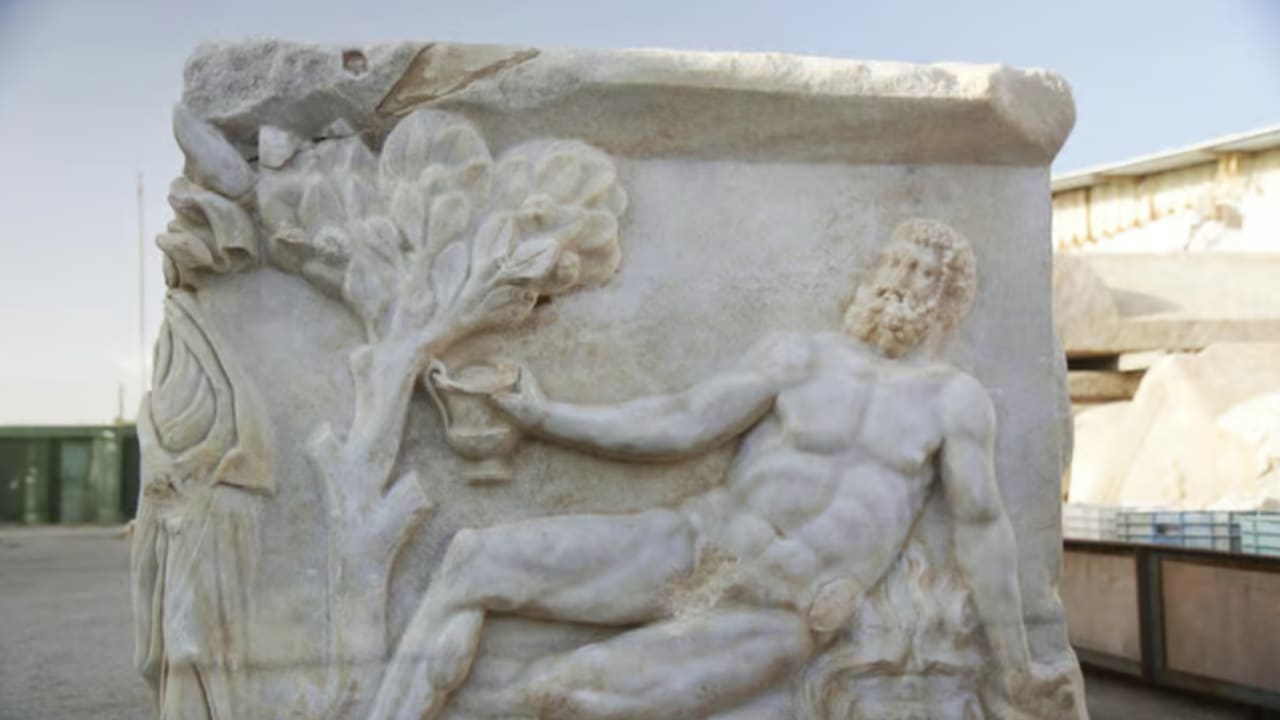
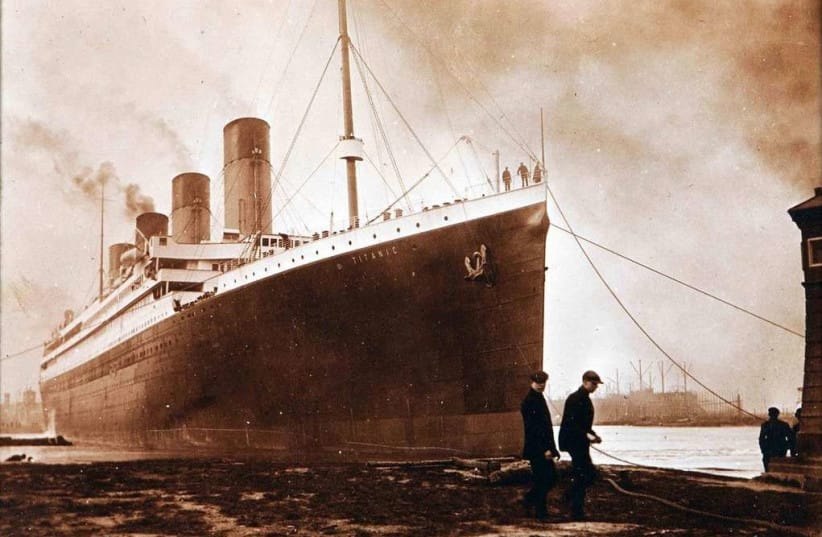
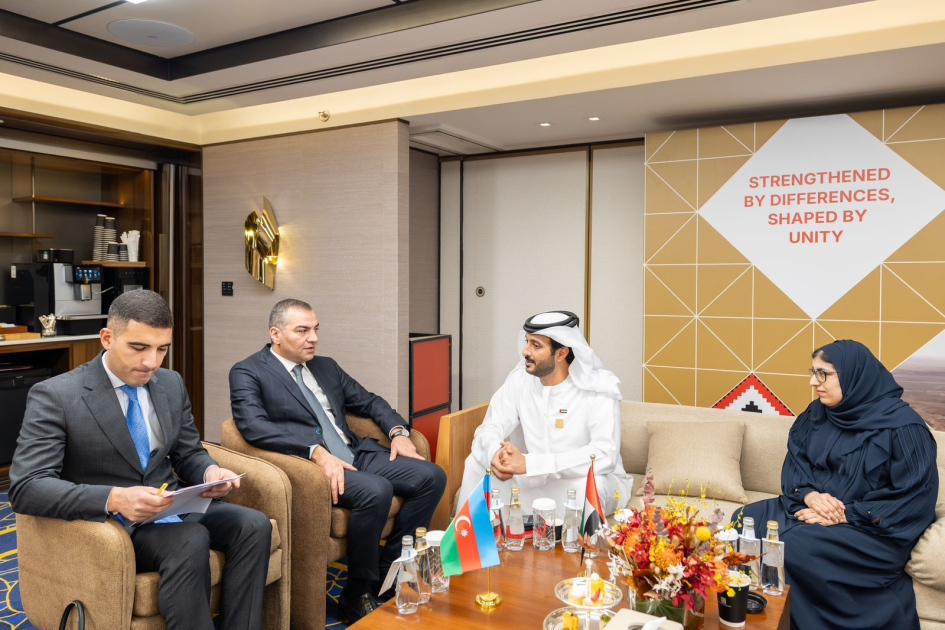
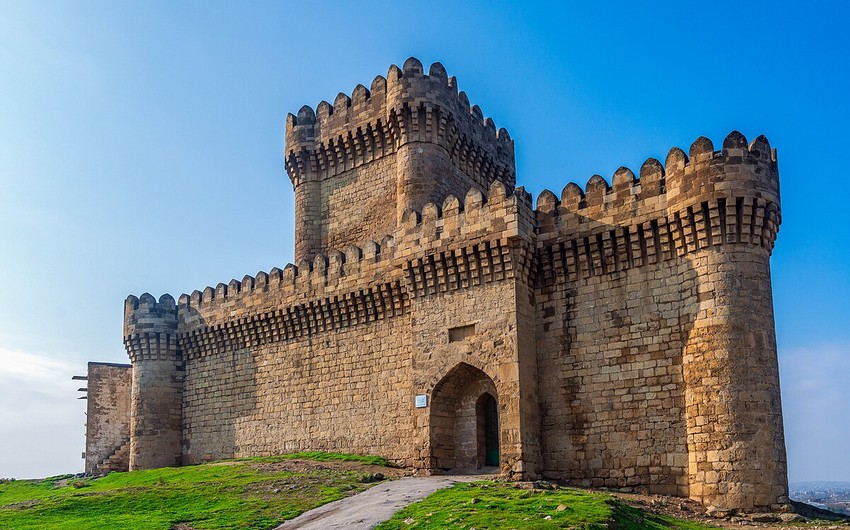

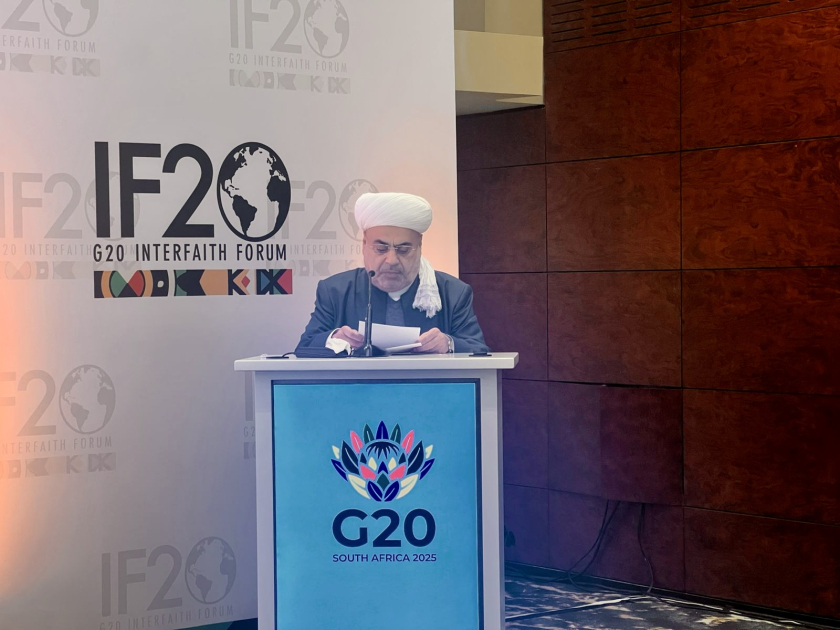
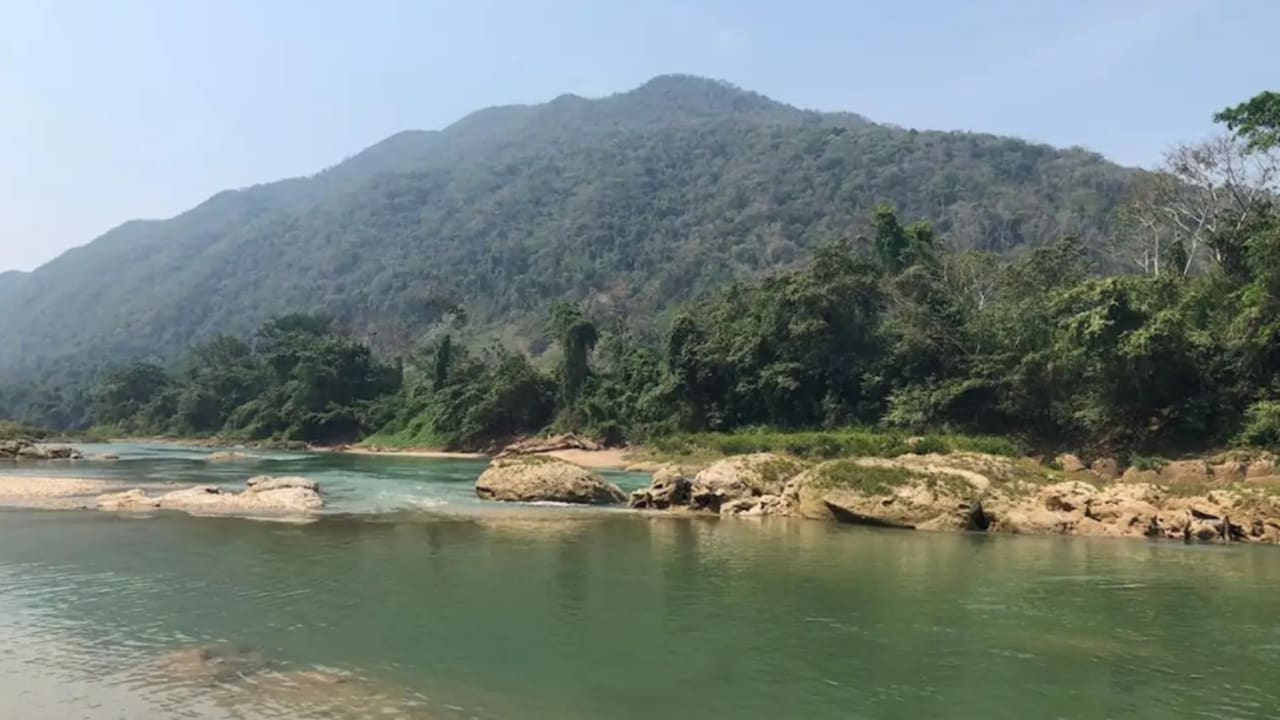
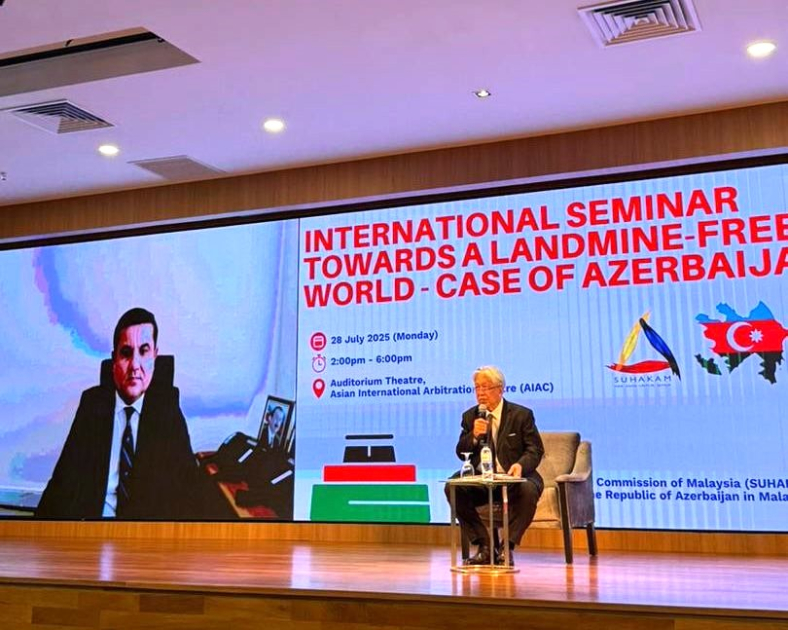

.jpg)
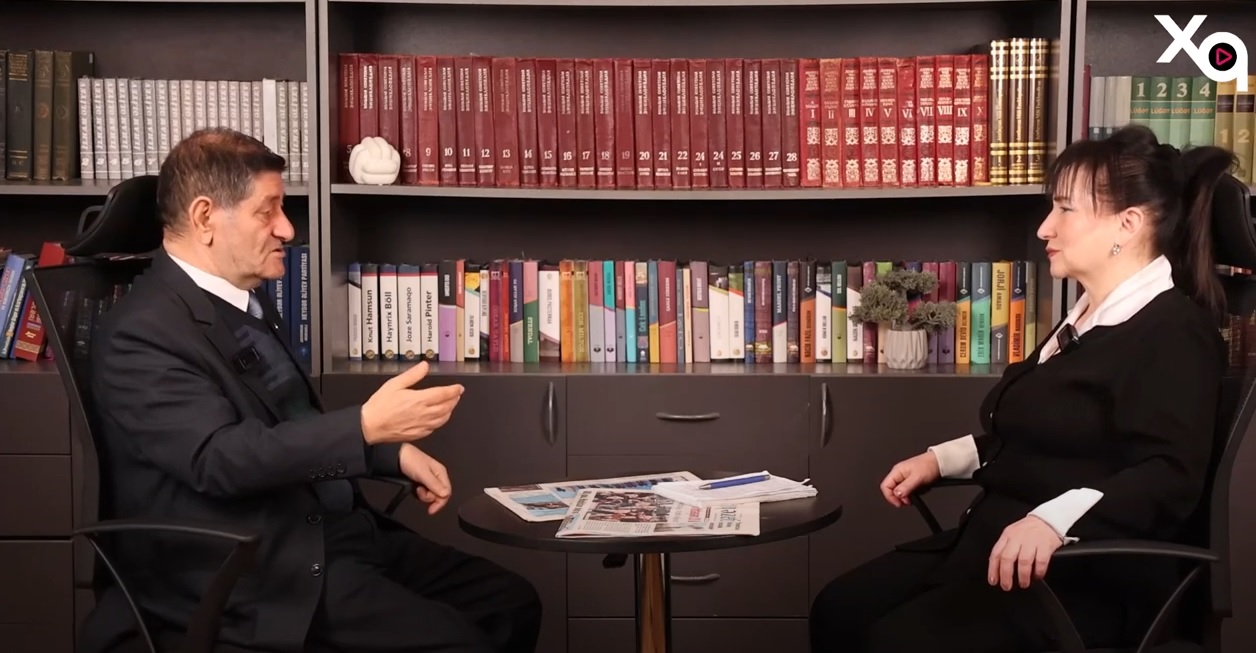
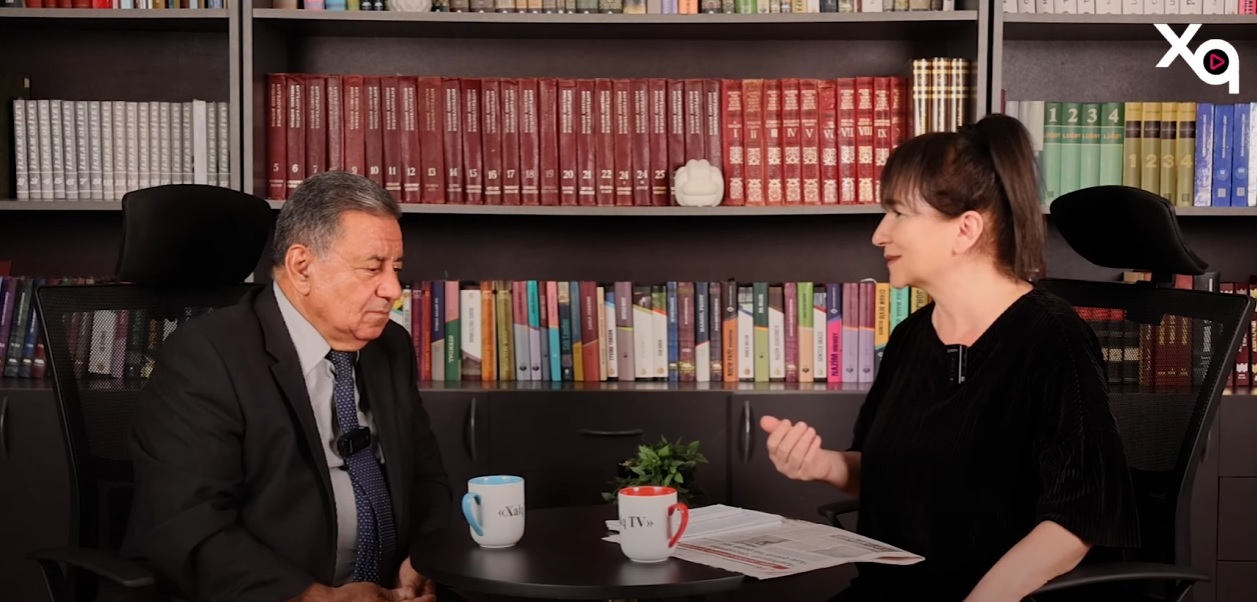

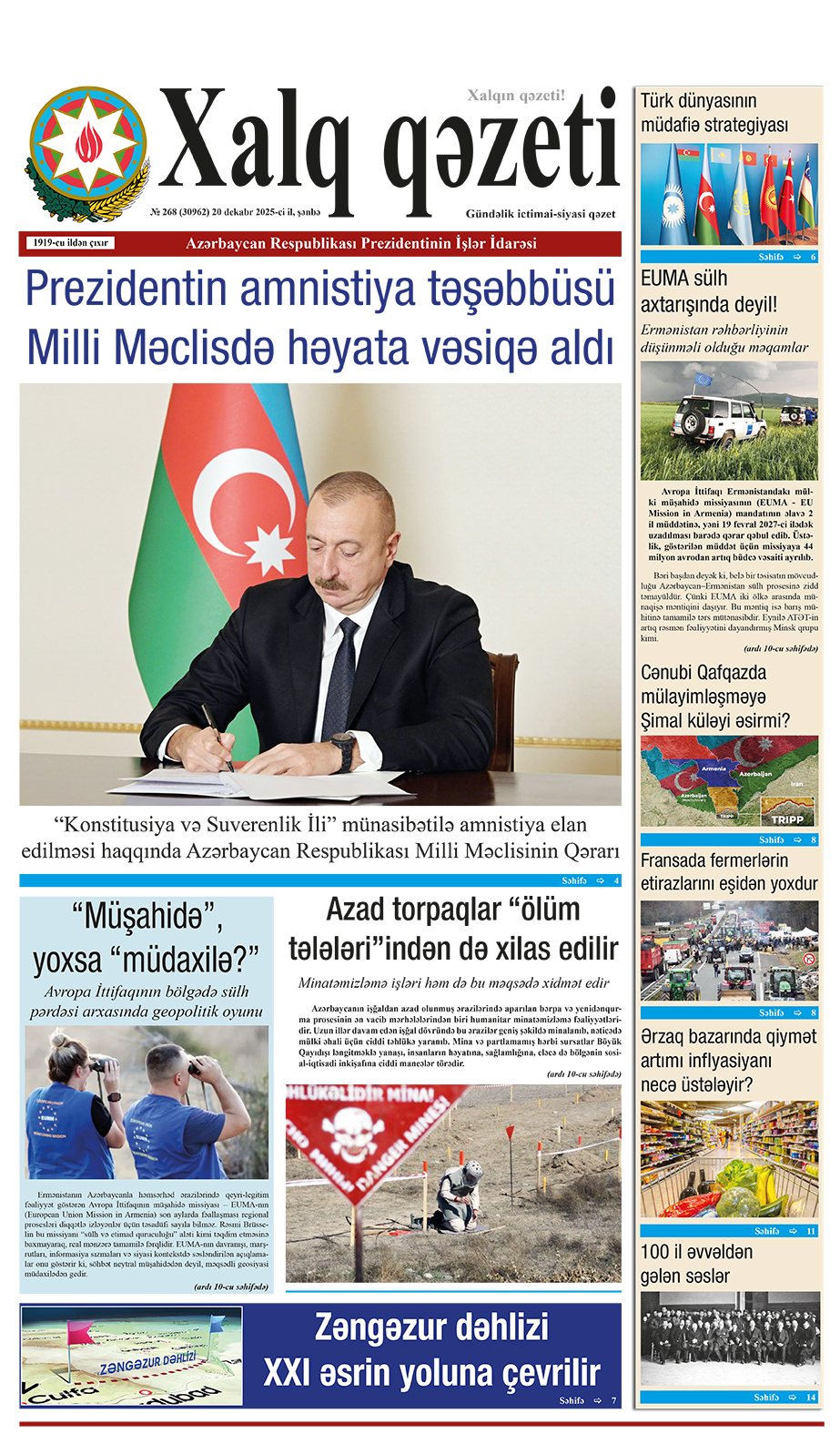
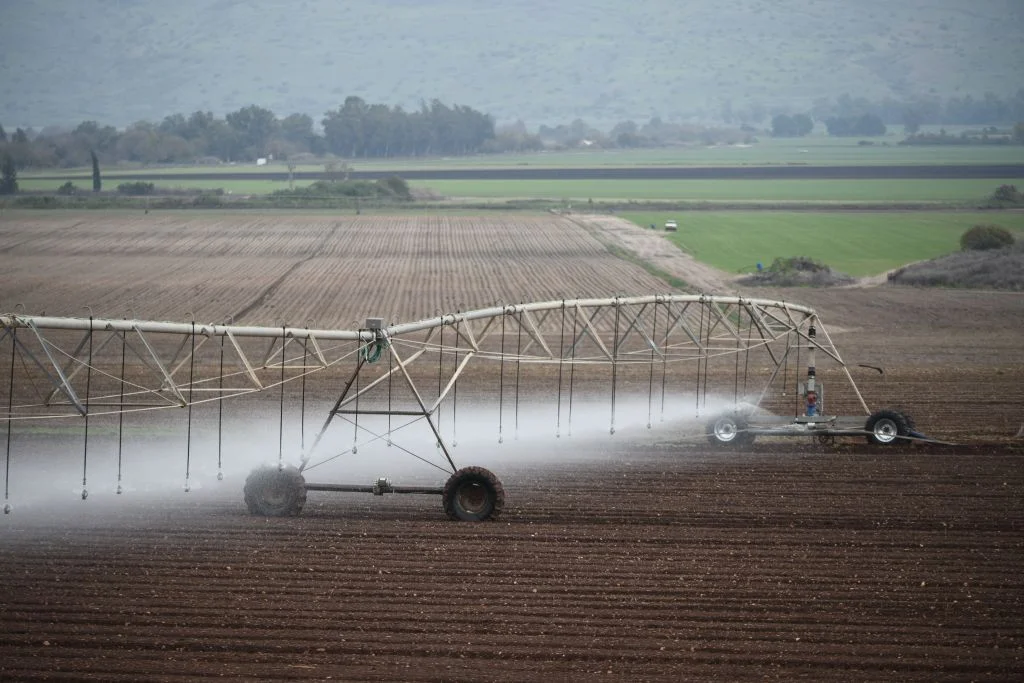
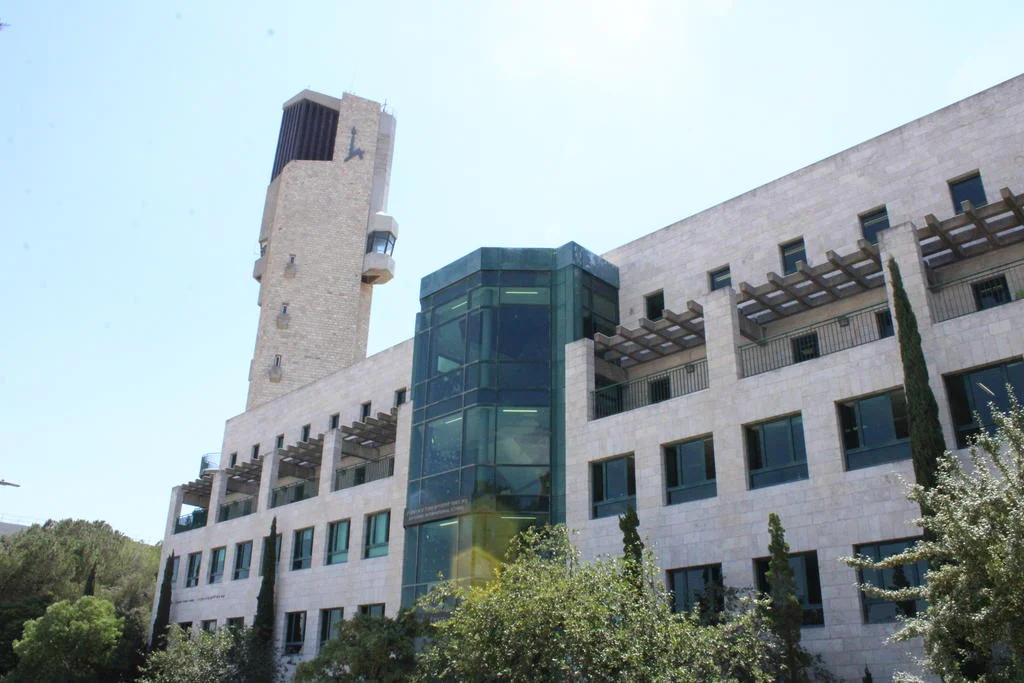
.webp)

